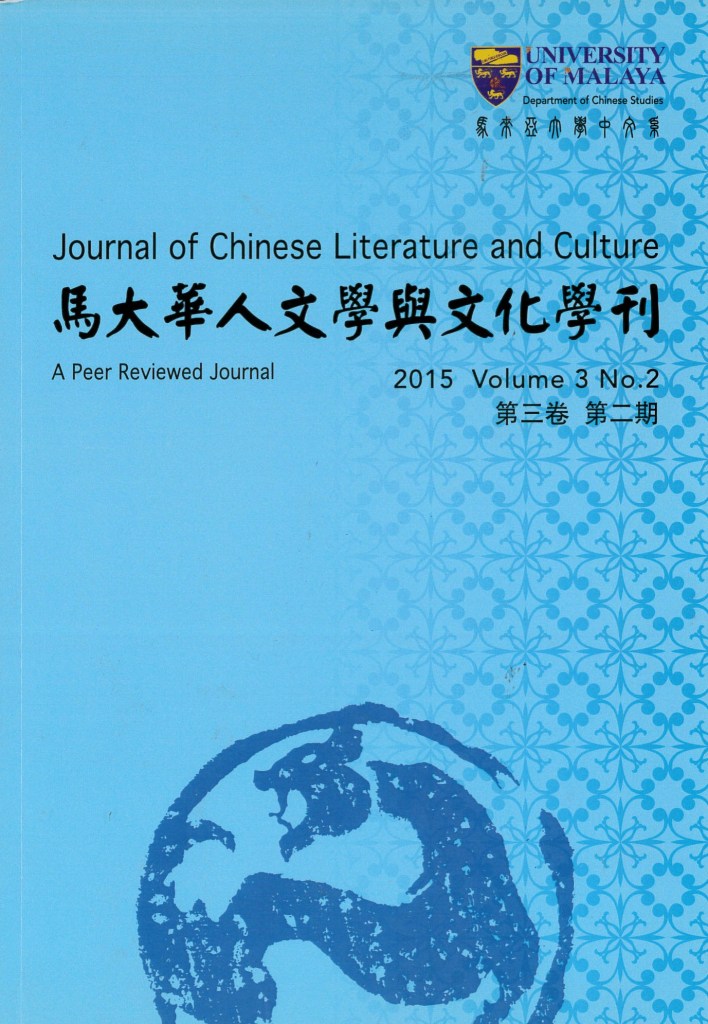Chinese Language Moral Reading Classes in a Shanghai Secondary School
Main Article Content
Abstract
The objective of this research was to investigate the moral level of K-7 students after attending the Chinese Language moral reading class in a secondary school in Shanghai. Kohlberg抯 Theory on Moral Development (1973) was applied in the study. According to the theory, moral development can be divided into six stages. A class comprising 33 students of low academic achievement based on their class teachers?assessment was selected. Firstly, 33 students completed the Adolescent Moral Judgement Test (AMJT) questionnaire to assess their moral reasoning. After one months of moral reading class, the students took the assessment again. The results showed the number of the students at the low level of moral development decreased from 12 students to 7 students, whereas the number of the students at the medium and high moral development level increased from 12 students to 15 and 9 to 11 students respectively after the moral reading lesson. The entire stages also revealed the increase of means score and standard deviation from pre-test to post-test of Moral Proficiency Test for Experimental Group Students This demonstrated the positive impact of moral reading on the improvement of moral development of K-7 students in the surveyed secondary school. Therefore, in the Chinese language classroom, the teachers should be proactive and systematic in teaching moral reading. In conclusion, schools need to work together and share norms with parents and community in students?moral education.
Keywords: Chinese language, moral reading, Kohlberg抯 Theory, moral
development, China
